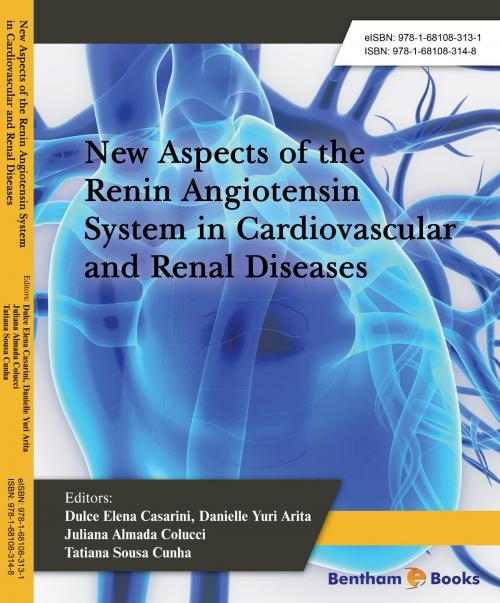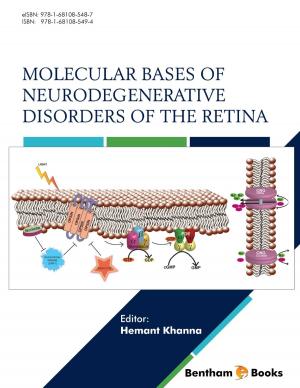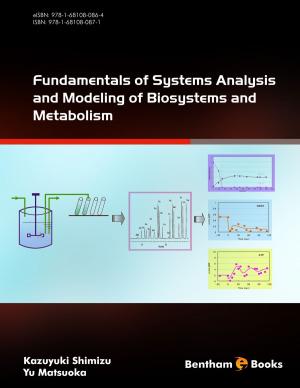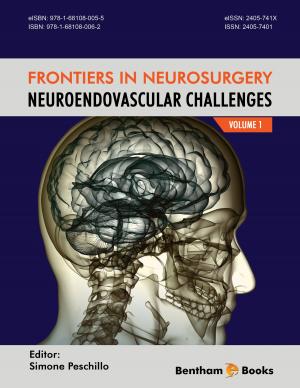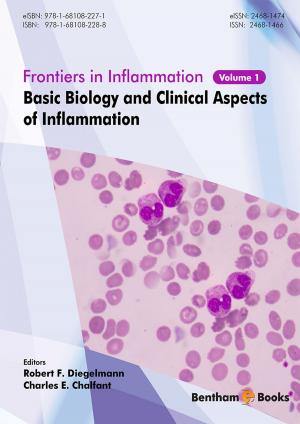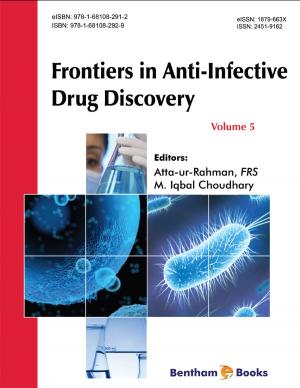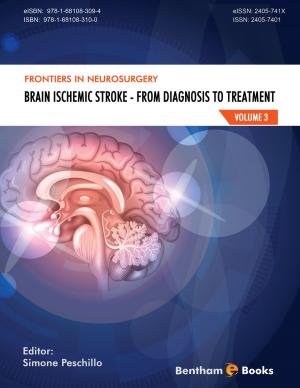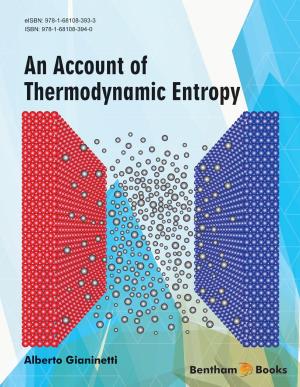| Author: | Dulce Elena Casarini | ISBN: | 9781681083131 |
| Publisher: | Bentham Science Publishers | Publication: | November 3, 2016 |
| Imprint: | Language: | English |
| Author: | Dulce Elena Casarini |
| ISBN: | 9781681083131 |
| Publisher: | Bentham Science Publishers |
| Publication: | November 3, 2016 |
| Imprint: | |
| Language: | English |
The renin-angiotensin system (RAS) is a hormonal system that is responsible for regulating plasma sodium ion concentration and arterial blood pressure in the body. The system involves several peptides such as angiotensin I and II as well as angiotensin converting enzyme (ACE) to enable the constriction of arterial blood vessels in the lung. Angiotensin II also stimulates the production of the hormone aldosterone in the kidneys which brings sodium ions into the bloodstream in exchange for potassium ions. Malfunctions of the RAS can lead to hypertension, heart failure, diabetes and renal complications. Thus the biochemical components of this system serve as important targets for therapeutic drugs. This monograph is a compilation of updated reviews on the RAS. The monograph covers describes the components of the system to explaining its physiological and clinical features in the cardiovascular system and the kidneys. This is followed by sections explaining the biochemistry of the RAS system in cardiovascular and renal disease and the pharmacology of relevant therapeutic drugs. Additional information on the effect of exercise states and methods to quantify angiotensins for molecular diagnosis is also presented in the concluding sections. Information in the monograph will be of interest to physiologists and endocrinologists involved in medical studies or clinical practice. Readers will be able to understand the RAS with a holistic frame of reference.
The renin-angiotensin system (RAS) is a hormonal system that is responsible for regulating plasma sodium ion concentration and arterial blood pressure in the body. The system involves several peptides such as angiotensin I and II as well as angiotensin converting enzyme (ACE) to enable the constriction of arterial blood vessels in the lung. Angiotensin II also stimulates the production of the hormone aldosterone in the kidneys which brings sodium ions into the bloodstream in exchange for potassium ions. Malfunctions of the RAS can lead to hypertension, heart failure, diabetes and renal complications. Thus the biochemical components of this system serve as important targets for therapeutic drugs. This monograph is a compilation of updated reviews on the RAS. The monograph covers describes the components of the system to explaining its physiological and clinical features in the cardiovascular system and the kidneys. This is followed by sections explaining the biochemistry of the RAS system in cardiovascular and renal disease and the pharmacology of relevant therapeutic drugs. Additional information on the effect of exercise states and methods to quantify angiotensins for molecular diagnosis is also presented in the concluding sections. Information in the monograph will be of interest to physiologists and endocrinologists involved in medical studies or clinical practice. Readers will be able to understand the RAS with a holistic frame of reference.
